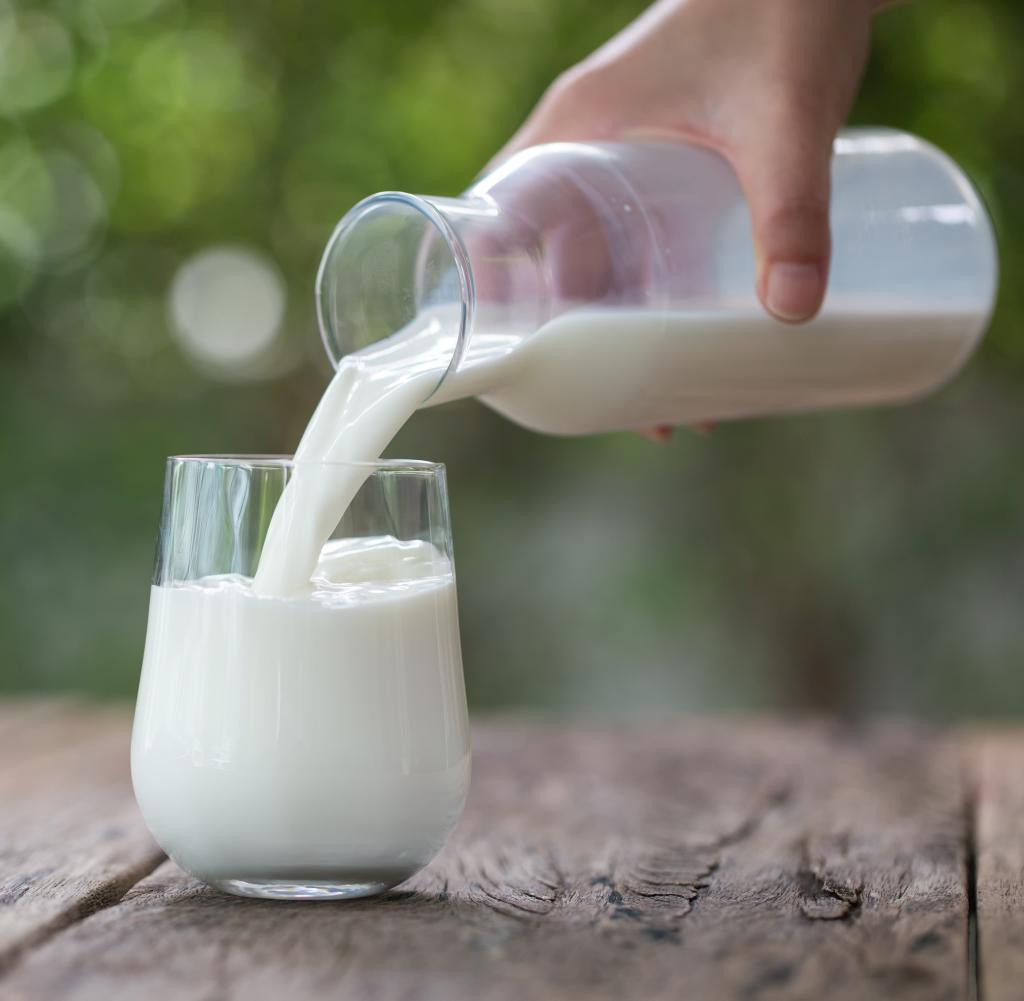The step back into the past is a conscious choice: “Milk makes it” is the slogan of the campaign that the milk industry has just launched.
The slogan is a reference to the well-known image advertising of the 1990s, when the white drink was consumed in almost every household in Germany. However, the budget of three million euros is lower than in the days of the long-defunct agricultural marketing center CMA, which was able to spend a total of around 100 million euros annually.
The campaign by the Milk Initiative, which is supported by dairies, the Farmers’ Association and the cooperative Raiffeisen Association, is a reaction to changes in consumption. The product is currently struggling to find acceptance among younger target groups in particular – especially in the unprocessed form of drinking milk.
Sales fell by more than four percent in 2023, while the amount of substitute products made from oats, almonds or soy rose by a good twelve percent. The image of milk has suffered in recent years: cows are considered climate pests, and their owners are seen by some as animal abusers.
The promise that cow’s milk is particularly healthy for people is now viewed critically by some. In addition, although the price of milk has peaked, it is still significantly higher than before the war in Ukraine began. This is good news for dairy farmers – but it is becoming more difficult for dairies to get the drink to consumers.
That’s why the campaign is now underway. A music video is intended to appeal to the young Generation Z: a variation of the 1992 Eurodance hit “Sing Hallelujah” by Dr. Alban, which extols the benefits of milk as a source of energy in the gym – and of Ayran as a cool drink in front of the kiosk.
Although trend-conscious young people spurn drinking milk, they are open to supposedly new offerings such as fermented kefir and salty ayran, as previously unpublished market research data shows. According to the data, those under 30 buy only two-thirds of the average amount of dairy products among all consumers.
According to figures compiled by market researcher Nielsen for the Milk Initiative, they at least reach the average for kefir and ayran. However, other effects could also play a role: young people who live with their parents may be less likely to buy ordinary dairy products themselves, but instead use the family fridge.
But it is clear to the industry that action is needed. “Young people are less likely to grow up with milk as a daily drink,” says the head of the Milk Initiative, Kerstin Wriedt. “In the kitchen, milk is less often used as a pure drink, but more often in processed forms such as cheese or curd.”
Another hope for the industry is pasture milk. The term is not protected by law, but according to a court ruling, it should only be used for milk from cows that are on pasture for at least 120 days a year.
The segment grew by 35.9 percent in 2023. However, the new animal welfare label from July will bring much stricter rules for labeling as milk from pasture-fed cows – and could thus reduce the quantity produced.
Milk is definitely an economic factor. There are 110 dairy companies and 61 collection points in Germany. The three largest companies are Deutsche Milchkontor (DMK), the Theo Müller Group and Hochland. The turnover of this stage of milk processing alone was 37 billion euros in 2023. In addition, there were around 51,700 dairy farms. However, their number has fallen dramatically: in 1990 there were 285,000.




